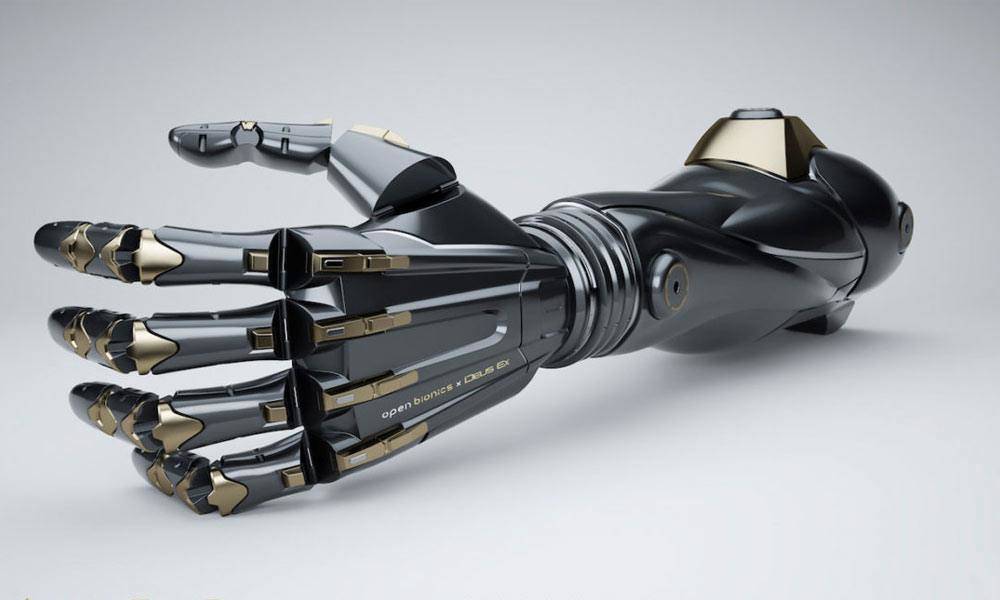Hello ladies and gents this is the Viking telling you that today we are talking about
HOW DO BIONIC ARMS WORK
Bionic arms are intuitive artificial limbs that use cutting-edge technology to connect with the body. They use special sensors to detect and convert naturally generated electrical signals from muscles into movement. Bionic arms are custom-built to fit the residual limb, and their sensors are calibrated to the user’s strongest muscle signals. A lot goes into creating a bionic prosthetic, and the technology has improved significantly over the years, from lightweight and sturdy materials to state-of-the-art electronics.
Learn more about bionic arms and how they compare to other types of prostheses, as well as emerging advanced technology being developed for future prostheses.
Prostheses come in a variety of forms, including:
- Nonfunctional limbs that serve a cosmetic purpose.
- Body-powered limbs that use cables or pulleys.
- Traditional prosthetics that require manual intervention to work.
- Bionic prosthetics called myoelectric prostheses, which have a custom socket with sensors that contact the skin and detect electrical signals from muscles, converting those signals to motorized movement.
- Bionic prosthetics called osseointegrated prostheses, which go a step further and have mounts and wiring surgically attached to the bone and nerves. This is an emerging technology. Current osseointegrated prostheses connect to the bone but are being developed to connect to the nerves under the skin.
Bionic Arm Function
Bionic limbs and prosthetic technology connect the mind to the prosthesis through sensors that detect muscles’ electrical signals and translate those contractions and signals to various movements. They help improve sensation, integration with the body, and control. Bionic arms attach to the body via a customized compression cup with sensors that contact the skin. Bionic arms go a step beyond traditional designs that use body-powered harnesses to move muscles, such as shrugging the shoulders to open and close a prosthetic hand. Bionic arms improve upon technology that previously required users to retrain their muscles to perform actions.
Bionic prosthetics technology has become more intuitive because it can pick up specific electrical impulses from muscles and translate them to actions such as grasping motions. Movements are tied to the actual muscles that would have performed that movement prior to the amputation. Connections to nerves are also becoming possible, improving precise function and the ability to sense motion and other feedback, such as grip on an object.
The bionic arm’s sensors are electrodes that touch the skin and record muscle activity through a process called electromyography. You can easily remove and reattach the prosthetic device without affecting its usage. Despite improvements in the technology used to create bionic prosthetics, note that you might still need to undergo rehabilitation to strengthen the muscles themselves.
Bionic arms’ performance has improved over the years, with users now able to control grip strength for manipulating objects of different types and sizes. Bionic arms have various operation modes and adjustments you can make to adapt them to handling certain objects or behaving in specific ways. You can change how the arm works, for instance, with the simple click of a switch or push of a button.
Some arms also let you know what they’re doing, sending vibrations, beeping noises, and flashing lights to provide meaningful feedback. Prosthetists work with patients to help them customize and learn how to make the most of the features their bionic arms offer.
Most bionic arms are battery-powered. They require little regular maintenance other than charging and a light cleaning. Bionic arms are usually splashproof but not waterproof, though some can be outfitted with waterproofing covers. You might also be able to customize the arm to fit your personality.
And as always have a chilled day from the Viking

Comments
Post a Comment